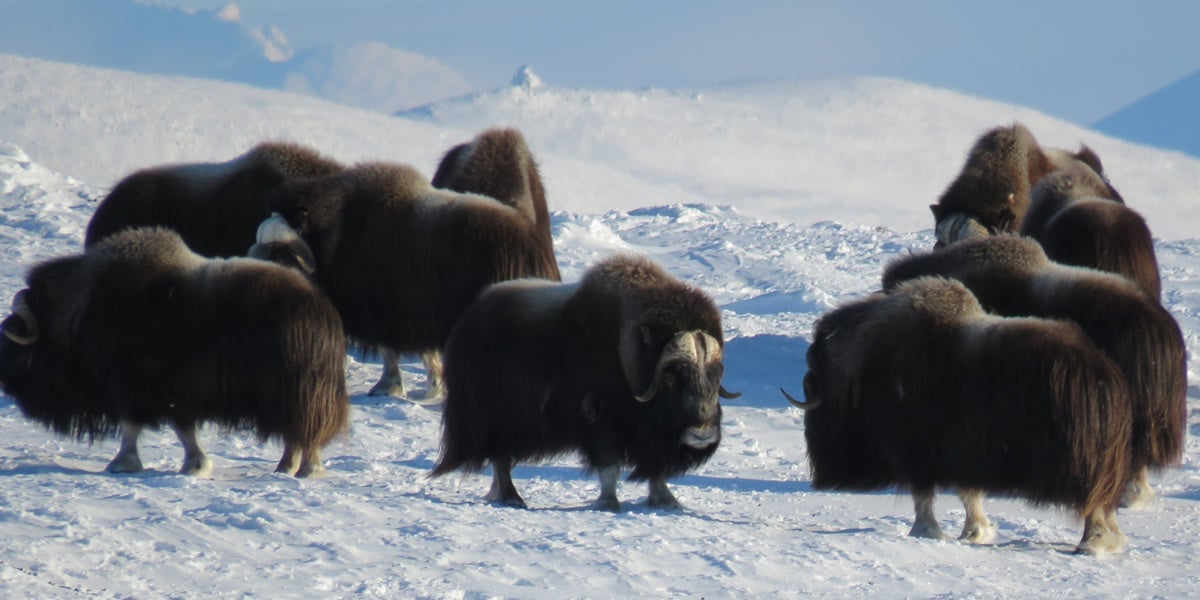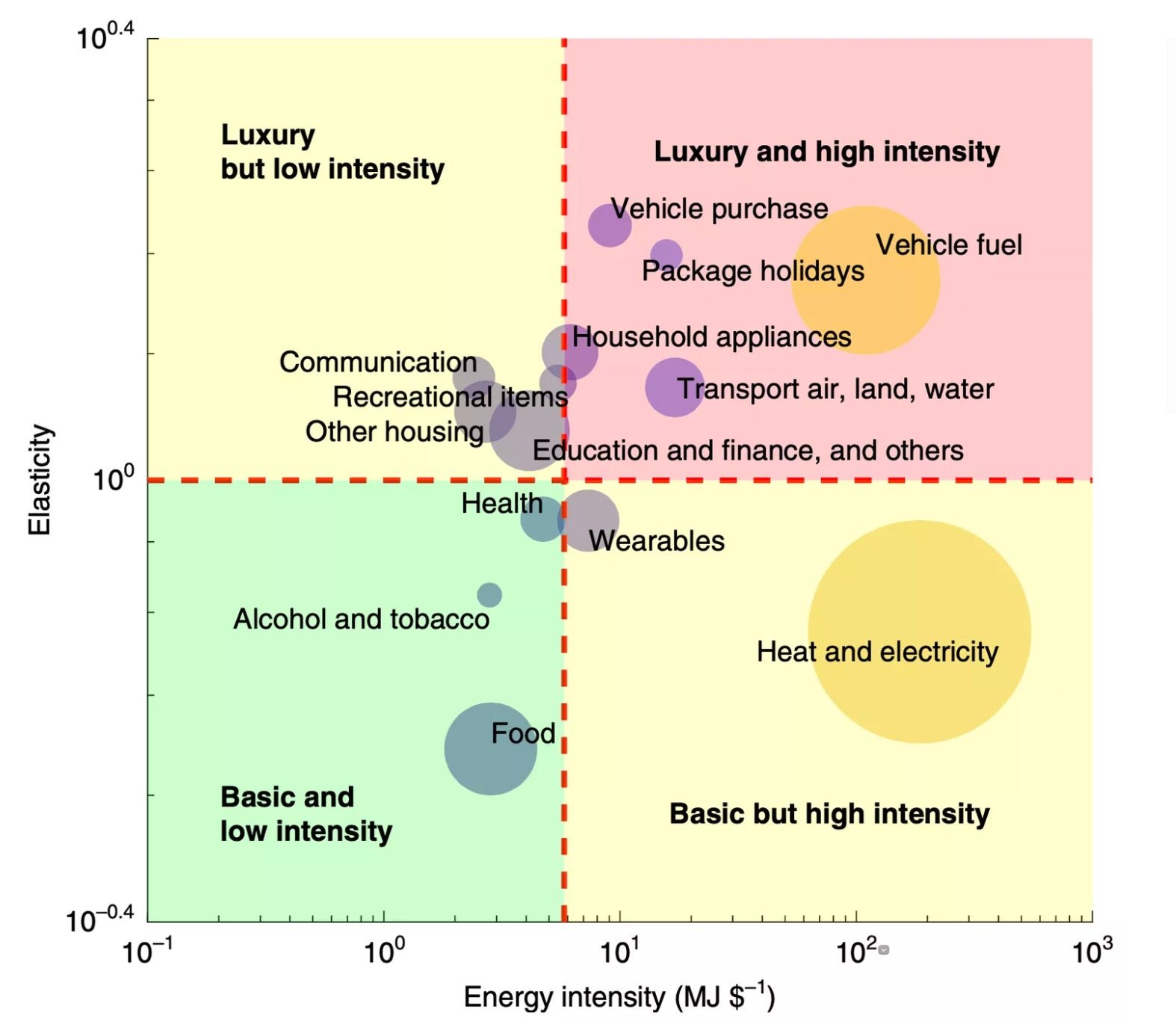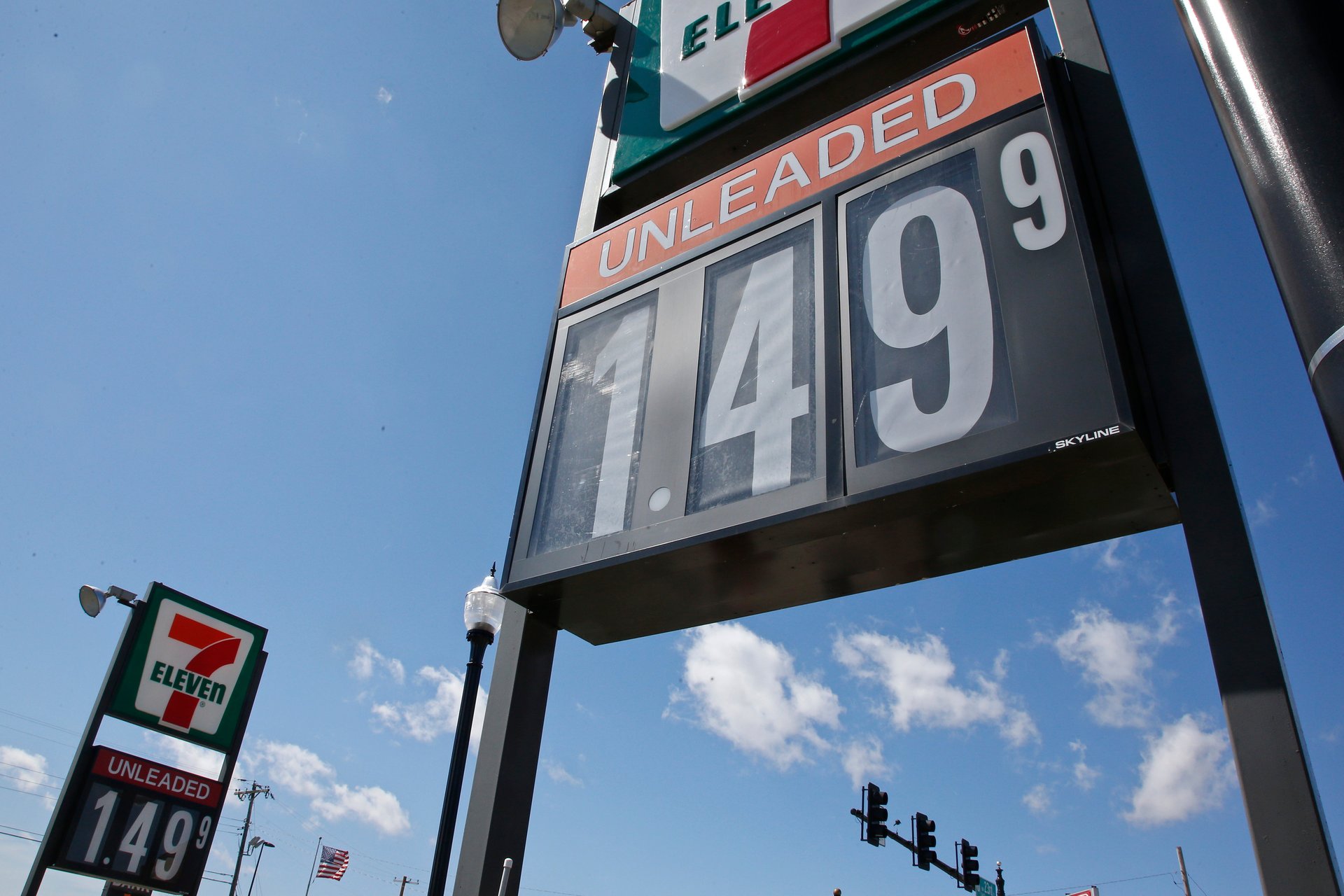The Race to Zero Emissions: solar projects, sea levels, and Siberian horses
Covid-19 is reshaping the global economy and its emissions. Air pollution has rebounded in China, yet started falling in the US and Europe. Eyes are now turning to stimulus plans taking shape around the world, and trillions of dollars in new government funding could make a “green stimulus” a reality. Those are just some of the things that have happened over the past week that helped or harmed the world’s chances of cutting greenhouse-gas emissions to zero.

Covid-19 is reshaping the global economy and its emissions. Air pollution has rebounded in China, yet started falling in the US and Europe. Eyes are now turning to stimulus plans taking shape around the world, and trillions of dollars in new government funding could make a “green stimulus” a reality. Those are just some of the things that have happened over the past week that helped or harmed the world’s chances of cutting greenhouse-gas emissions to zero.

Decreases emissions
1️⃣ In Texas, BP-backed solar developer Lightsource just closed $250 million in financing for its 260-megawatt solar project in Texas. Lighthouse still plans to install 4 gigawatts of US solar by 2023.
2️⃣ Siberian horses can help save 80% of frozen permafrost. By clearing and compacting snow, big herbivores roaming the snowy north help deep freeze the soil in winter and reduce melting, according to a journal article in Nature.
3️⃣ Never in 70 years have German manufacturers’ expectations fallen so far, so fast. With factories closing, Germany’s top economic institutions predicted the economy would shrink, potentially drastically, during 2020—suggesting a sharp emissions decline.
4️⃣ Rush hour and air pollution are vanishing in cities amid coronavirus restrictions. The number of car trips in California’s Bay Area and Seattle fell by nearly half, while traffic in Los Angeles is moving more than 70% faster than normal.
5️⃣ Electric cars and heat pumps are likely to lower emissions in every region in the world, even without full decarbonization of the utility sector, report researchers in Nature. “The idea that electric vehicles or electric heat pumps could increase emissions is essentially a myth,” said a lead author of the study.
Emissions inequality is up in the air

Researchers in Nature studied the buying habits of people in 86 countries to build a remarkable picture of their purchasing energy intensity. Their findings suggest people’s love for mobility—holidays, fuel, and vehicles—is the most energy-intensive habit as their incomes rise. Only appliances were as coveted and energy intensive as traveling, as seen in the study’s graphic below. Overall, those earning in the top 10% of global income use 20 times more energy compared to the bottom 10%.
Net-zero (for now)
1️⃣ US energy industries want relief from Congress. Solar and wind groups have asked for a tax-credit extension amid fears of construction delays, while the coal industry wants to cut or suspend payments for a trust fund to treat miners with black lung disease.
2️⃣ Ten percent of the world’s oil production will become unprofitable at today’s prices, estimates energy consultancy Wood Mackenzie. Brent crude is now hovering at $25 to $30 per barrel.
3️⃣ China is debating whether to tap the brakes on its electric car push by easing pollution restrictions on particulates. Sales in China’s car market fell by 80% in February.
4️⃣ Key Democrats in US Congress are refusing to bail out airlines without a deal to cut greenhouse gas emissions reductions. The airline industry is asking for $50 billion in public money.
5️⃣ Injecting aerosols into the stratosphere to reflect sunlight, a la the plot of Snowpiercer, could slow climate change yet dry out regions of the planet. But scientists in Environmental Research Letters suggest by limiting the volumes of additional aerosols, a 50% reduction in warming could be achieved while increasing (rather than reducing) rainfall over just 1.3% of Earth’s land area.
Geoengineering the climate

Much controversial ink has been spilled over ways to engineer the climate that will slow, or even reverse, the pace of climate change. Information is Beautiful has produced a handy graphic to look at the most likely (and unlikely) ways we could redesign our planet—from painting surfaces white to all-out nuclear war. Please don’t try most of these at home.

🔼 Increases emissions
1️⃣ With the oil and gas industry in collapse, the US Department of Interior sold off nearly 14,600 oil and gas leases in the Gulf of Mexico for $100 million, the lowest returns during Trump’s presidency. Environmental groups slammed the move.
2️⃣ An exceptionally warm summer melted 600 billion tons of ice in Greenland, reports NASA. That likely raised global sea levels by about one-tenth of an inch—or 2.2 millimeters—in just two months.
3️⃣ NO2 is back. China’s nitrogen dioxide emissions, after falling about 30% since January, are on the rise in March as coronavirus restrictions are lifted.
4️⃣ Gas prices have fallen below $1 per gallon in Kentucky, a price expected to seen elsewhere in the US. Historically, such low prices encourage more driving and less fuel-efficient vehicles.
5️⃣ Until we decarbonize the electricity sector, even your Netflix habit will emit CO2. Energy retailer Save on Energy estimates emissions from hit show Stranger Things (64 million viewers) alone is the equivalent of driving 262 million miles (421 million kilometers).
Stats to remember
As of March 20, the concentration of carbon dioxide in the atmosphere was 414.34 ppm. A year ago, the level was 409.93 ppm.
For Quartz members
Why startups fail. The extremely public stumbles of WeWork, Theranos, Uber, and others have drawn new attention to the many ways in which startups can go awry. This week’s field guide interrogates the premise of the “lean startup,” and how it’s blinded entrepreneurs to all the other ways their businesses can stumble.
Have a great week ahead. Please send feedback and tips to [email protected].
Correction: The name of the BP-company is Lightsource, not Lighthouse. This has been changed.